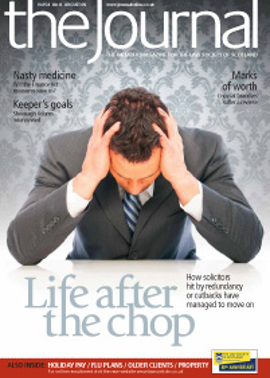Hair alcohol tests: tackling the root of the problem
Hundreds of thousands of hair tests are performed every year throughout the world by a small number of forensic toxicology laboratories to identify misuse of substances – with alcohol a growing proportion.
Although this is a field not without its controversy, hair alcohol testing results are widely accepted in criminal and civil courts. Most hair tests outside the UK involve pre-employment screening, especially for new hires in tightly-regulated industries such as casinos and banking.
In the UK, however, the majority of hair alcohol tests are performed in support of divorce and child custody litigation and so typically requested by social services, family law specialists and by the courts themselves. Statistics on the total number of hair alcohol tests on parents that are requested by social services are not published, but we estimate the figures to be between 5-6,000 a year, with around one in three testing positive to substance abuse.
Other common applications include:
- Medical screening (rehabilitation and organ transplant programmes)
- Monitoring of babies with suspected foetal alcohol syndrome
- Insurance policy qualification and claims
- Rehabilitation of convicted drink drivers
- Post mortem and criminal investigations
- Employment tribunals for professions such as nursing
- Random checks of safety-centric personnel such as military, police & aviation
Growth of hair
The conventional approach to alcohol testing involves taking blood or urine and submitting these liquid samples for forensic tests. However, even when accurate, these traditional tests only relate to recent consumption: approximately 24 hours in blood and approximately three to five days in urine. Furthermore alcoholics are more often than not in denial, embarrassed or simply lie when asked to self-report their habits (we find, for example, that over half of heavy drinkers underestimate their consumption of alcohol). As such, it has long been acknowledged by the medical profession that a reliable test to detect alcohol consumption is required, and hair is fast becoming their preferred method.
Whilst hair testing is not intended to replace "under the influence" impairment type tests taken at the time of a particular incident, its real value is in differentiating between social and excessive drinkers (an average of 7.5 units or more of alcohol per day). Samples can be collected non-invasively and will provide an accurate record of any alcohol dependency over a three to 12 month period. From a practical point of view, hair is much easier to handle in the "chain of custody" than blood or urine as it does not need to be stored under any special conditions. It also avoids the embarrassment of chaperones observing urine collection. Plus, if a urine sample is in any doubt, it is always possible to take a fresh, identical hair sample and eliminate any false positives or false negatives.
A significant breakthrough came earlier this year when our laboratories combined the two most common types of tests – known as FAEE (fatty acid ethyl esters) and EtG (ethyl glucuronide) – to provide "gold standard" results for any case requiring unequivocal evidence. The same sample collection methods are used for both tests and so the combined test costs less than having two tests conducted in isolation.
How it works
Since hair growth is fed by the bloodstream, the ingestion of excess alcohol in the blood is revealed by analysing chemical markers absorbed by the hair. As the hair grows, it absorbs these markers into its structure, which remain in the hair. These markers are only produced when there is alcohol in the bloodstream. The more markers there are, the more has been consumed. A tuft of hair about the diameter of a pencil is required, and the industry standard is to test a length of 1.5 inches, which provides a 90 day history. If no head hair is available, body hair can be used instead.
Samples must be taken by a trained collector on behalf of clients. Results are generally available in seven to 10 working days from receipt of the sample and can be provided as an expert witness statement. This is accepted, if required, by all UK courts – although in some cases it may be necessary also to provide expert witness evidence to support the results.
In this issue
- Planning's big day
- Hair alcohol tests: tackling the root of the problem
- Ask not...
- Trainee recruitment must be more open
- Honest talking
- Out, but not down
- A budget to save the world?
- Uncertain rights
- Copycats: nine lives used up?
- A break from illness?
- On the record
- From the Brussels Office
- Member support: the next level
- Legal practice reinvented
- Beat the pandemic
- Ask Ash
- A vintage problem?
- Final is still final
- Blacklisting blacklists
- A better fitting kilt
- Proper restraint
- Scottish Solicitors' Discipline Tribunal
- Website review
- Book reviews
- Knowledge rules OK?
- Lifting the stones
- Legitimate finding or mortgage fraud?
- Islamic finance: a Scottish lead?
- Environmental Law Centre: taking issues






